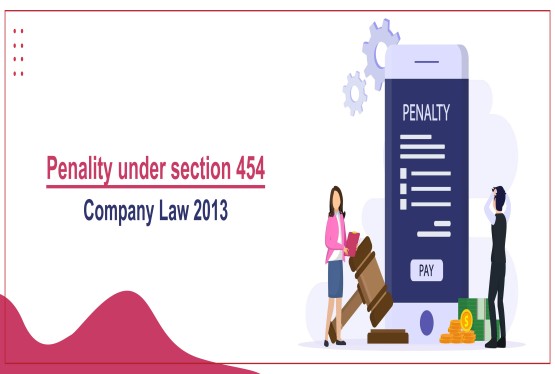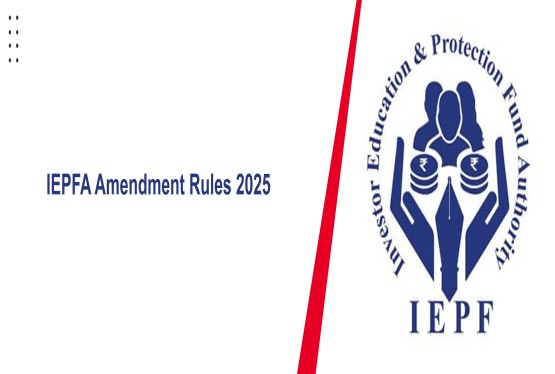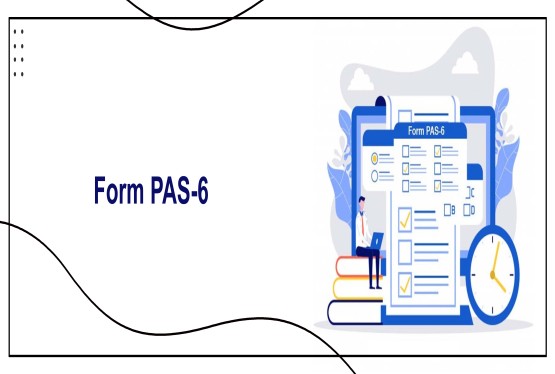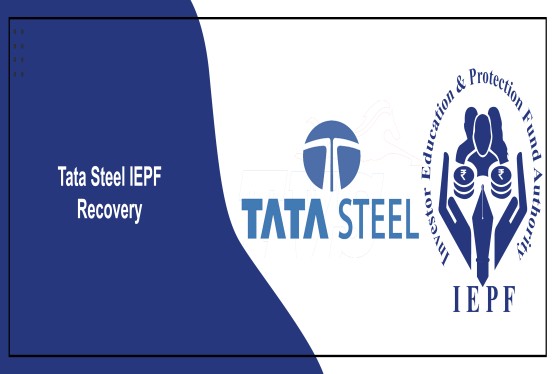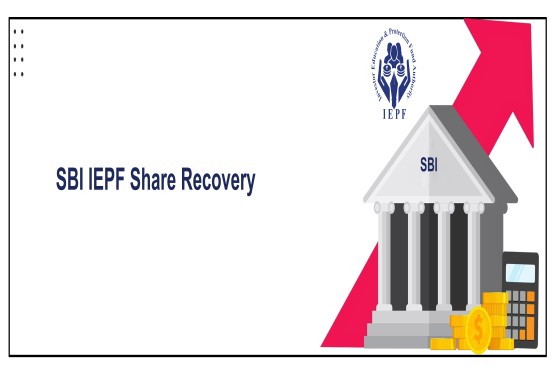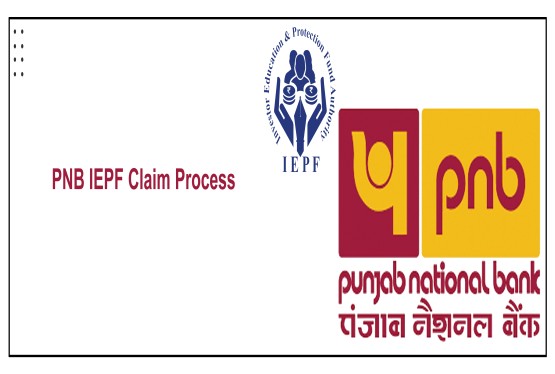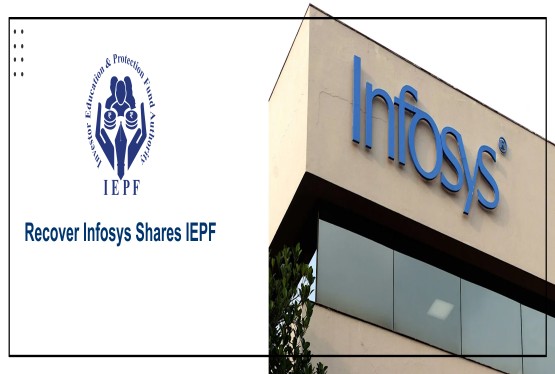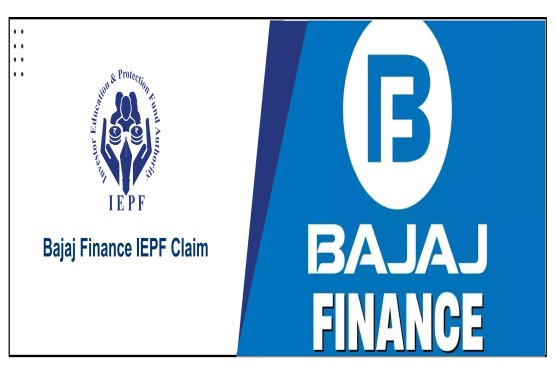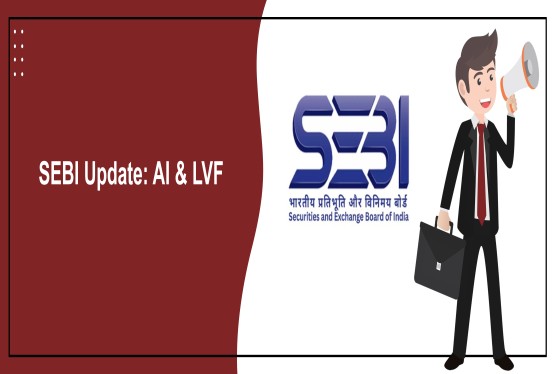Non-Banking Financial Companies (NBFCs) have emerged as key enablers of credit access, particularly in underserved and unbanked segments. By offering a diverse range of financial services ranging from microfinance and asset financing to infrastructure lending NBFCs complement traditional banking and contribute significantly to economic growth and financial inclusion.
As their influence continues to grow, so does the need for robust regulatory oversight. Recognizing their systemic importance, the Reserve Bank of India (RBI), through its Department of Non-Banking Supervision (DNBS), has instituted a detailed compliance framework to monitor NBFC operations and mitigate risk to the broader financial ecosystem.
Learn more about Different Types of NBFCs in India.
At the heart of this compliance mechanism lies the submission of quarterly returns Reporting obligation designed to ensure regulatory transparency, financial discipline, and adherence to prudential norms. These returns enable the RBI to track the health and performance of NBFCs in real time, flag potential red flags, and maintain macro-financial stability.
This article offers a complete overview of quarterly DNBS returns, exploring their types, relevance, applicability, and the process involved in their timely and accurate submission. Whether you're a compliance officer, financial advisor, or an NBFC stakeholder, understanding these returns is essential to navigating the regulatory environment with confidence and precision.
What Are DNBS Quarterly Returns?
Quarterly DNBS returns are regulatory filings that NBFCs are required to submit every three months to the RBI’s Department of Non-Banking Supervision (DNBS). These returns provide detailed information about an NBFC's:
-
Capital adequacy: Capital adequacy is a critical indicator of an NBFC’s financial stability and ability to absorb potential losses. It is typically measured through the Capital to Risk-Weighted Assets Ratio (CRAR), which compares the NBFC’s capital base to its risk-weighted assets. The RBI mandates a minimum CRAR to ensure that NBFCs maintain a healthy buffer against credit risk and remain solvent even under stressed market conditions. Quarterly returns require NBFCs to disclose their capital structure, tier classifications (Tier I and Tier II capital), and compliance with regulatory thresholds.
-
Asset quality: Asset quality reflects the health and performance of an NBFC’s loan and investment portfolio. It primarily involves the classification of assets based on their repayment status, with a clear distinction between standard and non-performing assets (NPAs). This segment of the return helps the RBI evaluate how prudently the NBFC is managing its credit risk and provisioning policies. Quarterly reporting ensures timely recognition of stressed assets and promotes early intervention where needed.
-
Exposure norms: Exposure norms are regulatory limits imposed on how much an NBFC can lend or invest in a single borrower, group of related entities, or industry sector. These norms are designed to prevent concentration risk and overexposure to potentially volatile borrowers. In the quarterly returns, NBFCs must provide detailed disclosures of their exposures to large accounts, related parties, and sectoral distributions. This enables the RBI to assess the institution’s risk diversification strategy and compliance with prudential guidelines.
-
Deposit acceptance (if applicable): NBFCs that are authorized to accept public deposits (NBFC-Ds) are subject to stricter supervision. They must report data related to the volume, maturity profile, interest rates, and security of the deposits they hold. This section in the quarterly return helps the RBI monitor whether the NBFC is adhering to the prescribed deposit cap (usually capped at 1.5 times Net Owned Funds), repayment practices, and credit rating requirements. It also ensures depositor protection and financial soundness of deposit-taking NBFCs.
-
Loan portfolio: The loan portfolio section captures a comprehensive breakdown of the NBFC’s lending activities. It includes details such as sectoral deployment (e.g., housing, vehicle finance, MSMEs), loan amounts, interest rates, tenures, and borrower classifications. This information is crucial for assessing the nature of credit disbursed, the institution’s risk appetite, and exposure to vulnerable sectors. Through quarterly disclosures, the RBI can gauge credit trends and ensure compliance with fair lending practices.
-
Non-performing assets (NPAs): NPAs are loans where the principal or interest payment has remained overdue beyond a specific period, typically 90 days. High levels of NPAs can indicate poor asset quality and ineffective credit risk management. NBFCs are required to report their gross and net NPAs, provisioning coverage ratios, and movement of NPAs across quarters. This information allows regulators to assess recovery efficiency and the need for corrective measures, including provisioning and write-offs.
-
Foreign investments (if any): NBFCs receiving Foreign Direct Investment (FDI) must report their foreign shareholding patterns and any changes therein. The quarterly DNBS returns include disclosures on the nature of foreign investments, ownership percentages, and compliance with Foreign Exchange Management Act (FEMA) regulations. This data ensures that NBFCs with foreign involvement remain within the prescribed sectoral caps and align with RBI’s guidelines on overseas investment and control.
Each of these components collectively enables the RBI to exercise risk-based supervision over NBFCs, promoting accountability, transparency, and sound financial practices. By filing accurate and timely quarterly DNBS returns, NBFCs demonstrate a commitment to regulatory compliance and operational integrity.
Learn more about NBFC Compliance after Registration.
Why Are These Returns Important?
Quarterly DNBS returns serve multiple regulatory and operational purposes:
-
Regulatory Oversight: Quarterly DNBS returns act as a foundational tool for the Reserve Bank of India (RBI) to exercise continuous regulatory oversight over NBFCs. By mandating these filings, the RBI is able to systematically monitor the financial condition, capital structure, and operational soundness of NBFCs across different asset classes and business models. This helps the regulator identify institutions that may pose systemic risks or deviate from prescribed norms. It also supports timely regulatory interventions, inspections, and corrective action plans, thereby safeguarding the stability of the financial ecosystem.
-
Prudential Compliance: One of the core objectives of quarterly DNBS returns is to ensure that NBFCs consistently comply with prudential norms laid out under the RBI’s Master Directions. These include maintaining minimum Capital to Risk-Weighted Assets Ratio (CRAR), proper classification and provisioning of non-performing assets (NPAs), and adherence to exposure norms. By examining quarterly data, the RBI ensures that NBFCs are not overleveraged, are maintaining a sound risk profile, and are following prudent lending practices. This structured compliance helps protect depositors and investors and strengthens the credibility of the sector.
-
Risk Monitoring: Timely and accurate quarterly reporting enables effective risk monitoring at both the institutional and sectoral levels. The DNBS returns provide critical data points related to liquidity position, asset quality trends, capital adequacy, and borrower concentrations. These insights help regulators detect early warning signs such as rising NPAs, excessive concentration in high-risk sectors, or liquidity mismatches. Early detection allows both the NBFC and the RBI to implement corrective measures before financial stress escalates into systemic instability.
-
Data for Policy Decisions: The RBI relies heavily on the data collected through DNBS returns to inform its macroprudential policies and regulatory frameworks. By aggregating and analysing return data from thousands of NBFCs, the central bank gains valuable insights into emerging trends in credit growth, lending practices, financial health, and sectoral performance. These insights influence policy decisions such as revisions in capital norms, asset classification rules, and changes to exposure guidelines. Thus, DNBS returns not only serve individual supervision but also support the RBI’s broader role in maintaining financial stability.
-
Transparency and Accountability: Mandatory quarterly reporting promotes a culture of transparency and corporate accountability within NBFCs. By aligning internal governance with external regulatory expectations, these filings encourage better documentation, regular audits, and proactive compliance. When NBFCs know they are subject to periodic and detailed scrutiny, it drives ethical conduct, reduces the likelihood of misreporting, and enhances trust among stakeholders including investors, lenders, and customers. This structured accountability strengthens institutional reputation and contributes to long-term sustainability.
Types of Quarterly DNBS Returns
The specific returns to be filed may vary depending on the type, classification, and size of the NBFC. The key quarterly returns include:
DNBS-01
DNBS-01 is a quarterly return applicable to deposit-taking NBFCs (NBFC-D). This return is critical for monitoring the public deposit operations of these institutions. It captures essential details such as the volume of deposits accepted, interest rates offered, maturity profiles, and the status of repayments. The primary objective of this return is to ensure that NBFC-Ds adhere to the prudential norms governing deposit mobilization, including deposit caps, credit ratings, and asset-liability maturity patterns. By reviewing this data quarterly, the RBI ensures depositor protection and financial discipline within the institution.
DNBS-02
Also applicable to NBFC-Ds, the DNBS-02 return focuses on compliance with prudential norms as prescribed by the RBI. This return requires disclosure of data on capital adequacy ratios, asset classification, provisioning against NPAs, and adherence to exposure norms. DNBS-02 acts as a comprehensive health check for deposit-taking NBFCs and allows the regulator to assess their financial soundness. It ensures that these entities are not only safeguarding depositor funds but also maintaining appropriate capital buffers and credit risk management strategies in line with regulatory expectations.
DNBS-03
DNBS-03 is a crucial quarterly filing for Non-Deposit-Taking Systemically Important NBFCs (NBFC-ND-SI), which are defined as NBFCs with an asset size of Rs.500 crore and above. Given their potential to influence financial stability, the RBI imposes tighter supervision on these institutions. The DNBS-03 return captures detailed information similar to DNBS-02 such as CRAR, risk-weighted assets, exposure to sensitive sectors, and provisioning practices. The intent is to assess systemic risks and ensure that large NBFCs remain financially resilient, prudentially compliant, and well-governed.
DNBS-10
The DNBS-10 return is applicable to all NBFCs exceeding a specific asset size threshold, irrespective of their deposit-taking status. This return focuses on the reporting of Non-Performing Assets (NPAs) and income recognition practices. It requires NBFCs to provide a detailed breakup of standard and non-standard assets, movement of NPAs across quarters, provisioning coverage, and interest recognition methods. DNBS-10 enables the RBI to track trends in asset quality and detect early signs of financial distress or operational lapses, ensuring that NBFCs follow robust recovery and credit assessment practices.
DNBS-13
DNBS-13 is a specialized quarterly return mandated for NBFCs that have received Foreign Direct Investment (FDI). It gathers data on the foreign shareholding structure, changes in ownership patterns, and compliance with the Foreign Exchange Management Act (FEMA) and RBI’s FDI guidelines. This return ensures that NBFCs with foreign investment operate within prescribed sectoral caps, maintain appropriate governance structures, and do not compromise domestic financial interests. Though this return is filed only when applicable, it plays a key role in maintaining transparency and regulatory control over cross-border ownership.
These quarterly returns form the backbone of the RBI’s risk-based supervisory framework for NBFCs. Accurate and timely submission not only ensures regulatory compliance but also reflects an NBFC’s commitment to governance, transparency, and operational excellence.
Filing Process for DNBS Returns
Filing Platform
All quarterly DNBS returns are filed digitally through the COSMOS (Complete Supervision Monitoring System) portal, which is the RBI’s official online platform for collecting regulatory data from NBFCs. Every NBFC, regardless of its classification or asset size, must register on the COSMOS portal to obtain secure login credentials. These credentials allow authorized personnel to access the system, download filing templates, upload validated returns, and track submission status. The COSMOS platform is integral to the RBI’s centralized monitoring approach and ensures secure, efficient, and standardized data reporting across all supervised financial entities.
Digital Format
To ensure accuracy and consistency in regulatory data, the RBI requires all DNBS returns to be submitted in prescribed digital formats, typically in Excel or XML templates. These templates are periodically updated by the RBI and include built-in validations to reduce errors during data entry. Many of them are macro-enabled spreadsheets that require technical validation before uploading to the COSMOS portal. NBFCs must exercise care in filling out these templates, ensuring that data points align with financial statements, books of accounts, and regulatory guidelines. A validated and correctly formatted return not only prevents rejection by the system but also streamlines the compliance process.
Filing Timeline
The timelines for filing quarterly DNBS returns are strictly defined by the RBI, with due dates typically ranging between 15 to 30 days after the close of each quarter (e.g., by the 15th or 30th of the following month). Adhering to these timelines is crucial, as delayed or missed submissions can result in regulatory consequences, including monetary penalties, compliance alerts, or even inspection triggers. Timely filing demonstrates good governance, enhances institutional credibility, and ensures that the NBFC stays in good standing with the regulator. Many NBFCs maintain internal compliance calendars and reminders to avoid inadvertent delays.
|
Quater |
Period Covered |
Filing Deadline |
|
Q1 |
April -June |
By July 30 |
|
Q2 |
July- September |
By Oct 30 |
|
Q3 |
October- December |
By Jan 30 |
|
Q4 |
January- March |
By April 30 |
Validation and Acknowledgment
Once an NBFC uploads its quarterly DNBS return on the COSMOS portal, the system performs an automated validation check to ensure that the data complies with the RBI’s prescribed format, structure, and logical consistency. If the return passes all validations, the system generates an Acknowledgment Receipt, confirming successful submission. This acknowledgment serves as official proof of compliance for that reporting period and should be retained for internal records and audit purposes. However, if there are errors or inconsistencies such as missing fields, incorrect classifications, or formula mismatches the system will flag the discrepancies and reject the return. In such cases, the NBFC must correct the errors in the original file, re-validate the return, and re-submit it within the stipulated timeframe. This validation mechanism helps maintain the quality and reliability of regulatory data, and underscores the importance of accuracy and diligence in the filing process.
Who Must File These Returns?
The obligation to file quarterly DNBS returns is determined primarily by the classification and regulatory status of the Non-Banking Financial Company (NBFC). Different categories of NBFCs are subject to different sets of returns based on their asset size, business model, and operational scale.
-
NBFC-D: Deposit-taking NBFCs (NBFC-D) are among the most closely regulated entities and are required to file DNBS-01, DNBS-02, and DNBS-10. These returns cover crucial areas such as deposit details, prudential norms, and asset quality, enabling the RBI to monitor their financial stability and depositor safety.
-
NBFC-ND-SI: Non-Deposit-Taking Systemically Important NBFCs (NBFC-ND-SI) which are those with an asset size of Rs.500 crore or more must file DNBS-03 and DNBS-10. These returns focus on capital adequacy, provisioning norms, risk exposure, and non-performing assets. Since such NBFCs have the potential to impact broader financial stability, they are subject to heightened reporting requirements.
-
All NBFCs with FDI: NBFCs receiving Foreign Direct Investment (FDI) are mandated to file DNBS-13, regardless of their asset size or deposit-taking status. This return helps the RBI ensure compliance with foreign investment regulations and maintain oversight over ownership and control structures.
In addition to these primary classifications, smaller NBFCs that are not systemically important may also fall under return filing obligations under certain conditions. For example, if a small NBFC crosses a specified asset threshold, begins to accept foreign investments, or engages in higher-risk lending, the RBI may require them to file specific DNBS returns as part of its risk-based supervision model. Hence, even relatively small or emerging NBFCs must remain alert to compliance thresholds and regulatory triggers to avoid inadvertent non-compliance.
Common Challenges in Filing DNBS Returns
-
Data Inaccuracy: Manual errors due to complex Excel formats.
-
Frequent Format Changes: RBI often updates return formats or adds new fields.
-
Late Filing Risks: Delays can lead to compliance penalties or classification as a high-risk entity.
-
Lack of In-House Expertise: Smaller NBFCs may not have the resources or compliance knowledge for accurate filings.
This is why many NBFCs opt for professional retainership services that provide ongoing regulatory support, return preparation, validation, and submission assistance.
Conclusion
Quarterly DNBS returns are part of the regulatory reporting structure for NBFCs in India. Accurate and timely submission not only ensures compliance with RBI norms but also reflects the financial discipline and governance standards of the NBFC. As regulatory expectations grow more complex, especially for systemically important or fintech-enabled NBFCs, it becomes crucial to have robust internal processes or external advisory support in place.
Whether you're a newly registered NBFC or a large-scale lender, adhering to quarterly DNBS return requirements is not just a statutory obligation it is a cornerstone of sound financial management and regulatory integrity.
General Queries:
Q1. What is the COSMOS portal, and how do NBFCs access it for DNBS return filing?
Ans. The COSMOS (Comprehensive Supervision Monitoring System) portal is the RBI's digital platform for submission of regulatory returns by NBFCs. To access it, an NBFC must first register with the RBI and obtain a secure user ID and password. The portal facilitates downloading of return templates, uploading of validated files, and tracking filing status. Returns must be submitted in the prescribed format and within the applicable timelines to ensure regulatory compliance.
Q2. Are NBFCs without public deposits or significant asset size required to file DNBS returns?
Ans. While quarterly DNBS return filing is mandatory for deposit-taking (NBFC-D) and systemically important NBFCs (NBFC-ND-SI), even smaller NBFCs may be required to file specific returns. For example, if an NBFC receives Foreign Direct Investment (FDI) or exceeds the prescribed asset threshold, they may be required to file returns like DNBS-10 or DNBS-13 to maintain compliance with RBI and FEMA regulations.
Q3. What happens if an NBFC fails to file a DNBS return on time?
Ans. Failure to file quarterly DNBS returns within the specified timeline (typically 15–30 days post-quarter-end) may attract penalties, compliance notices, or even regulatory inspections. Persistent non-compliance can affect the NBFC’s reputation, lead to restrictions on operations, and impair its ability to raise capital or secure funding from banks and financial institutions.
Q4. What is the difference between DNBS-02 and DNBS-03 returns?
Ans. DNBS-02 is applicable to deposit-taking NBFCs (NBFC-D) and focuses on prudential norms such as capital adequacy, asset classification, provisioning, and exposure limits. In contrast, DNBS-03 is meant for non-deposit-taking systemically important NBFCs (NBFC-ND-SI) and covers similar prudential data but is tailored for companies with large asset bases (Rs.500 crore and above) to help the RBI assess potential systemic risks.
Q5. What type of data is included in the DNBS-10 return?
Ans. The DNBS-10 return is designed to report information on Non-Performing Assets (NPAs), income recognition practices, and loan restructuring. This return provides the RBI with a detailed view of the NBFC’s asset quality, lending discipline, and risk exposure. It is critical for identifying early signs of financial stress within the NBFC’s loan portfolio.
Q6. Can returns be revised after submission if errors are discovered?
Ans. Yes, if errors or discrepancies are discovered either by the NBFC or flagged by the COSMOS system post-submission, the NBFC must rectify and re-submit the corrected return. However, the revised filing must still comply with RBI’s submission deadlines or may require formal communication with the concerned RBI department to avoid compliance issues.











































































_crop10_thumb.jpg)


































































_crop10_thumb.jpg)
_crop10_thumb.jpg)



_crop10_thumb.jpg)


_crop10_thumb.jpg)





_crop10_thumb.jpg)

_crop10_thumb.jpg)














-suratgujarat-section-158_crop10_thumb.jpg)
-suratgujarat_crop10_thumb.jpg)
-(33)_crop10_thumb.jpg)



-ahmedabad_crop10_thumb.jpg)
-learn_crop10_thumb.jpg)

-learnn_crop10_thumb.jpg)



























































_crop10_thumb.jpg)























_Guidelines_learn_crop10_thumb.jpg)























_learn_crop10_thumb.jpg)
_crop10_thumb.jpeg)










_crop10_thumb.jpg)




_Second_Amendment_Rules,_2025_learn_crop10_thumb.jpg)







_learn_crop10_thumb.jpg)






















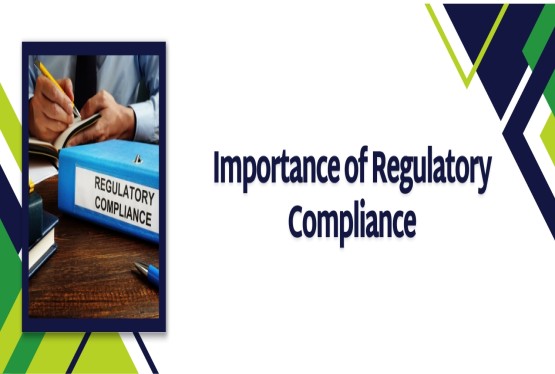








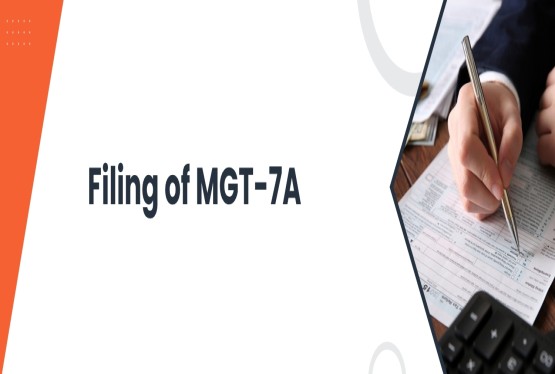
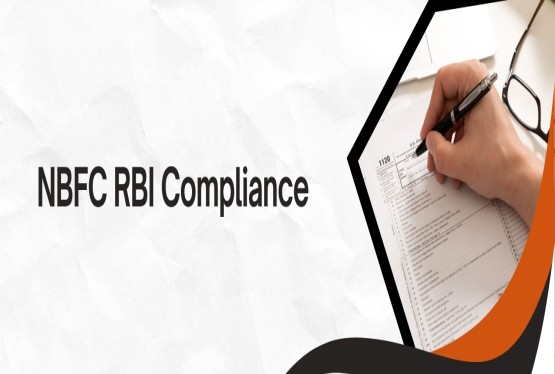
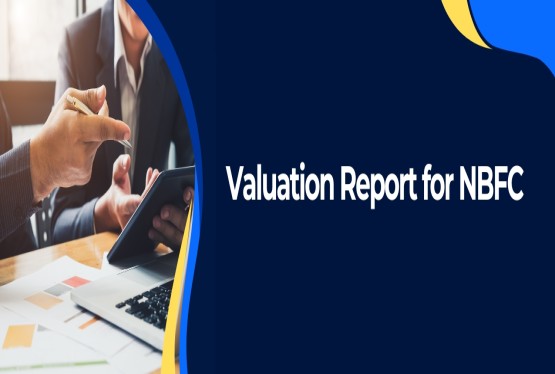







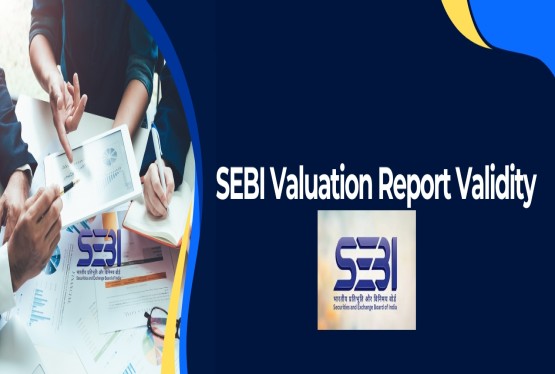

_learn_crop10_thumb.jpeg)

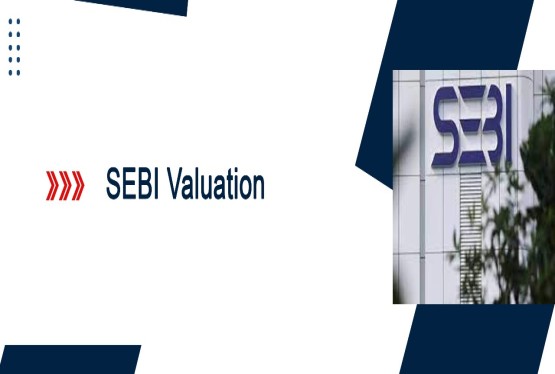







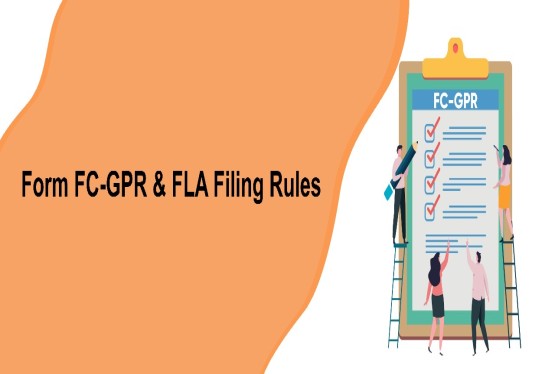






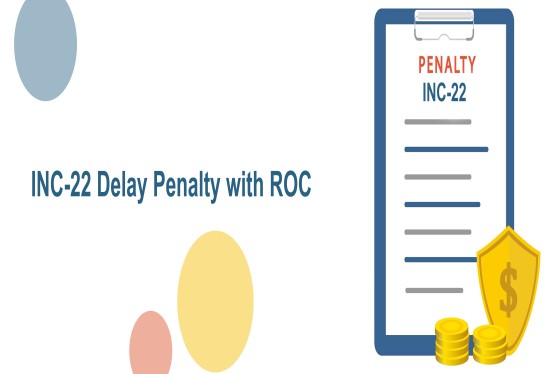


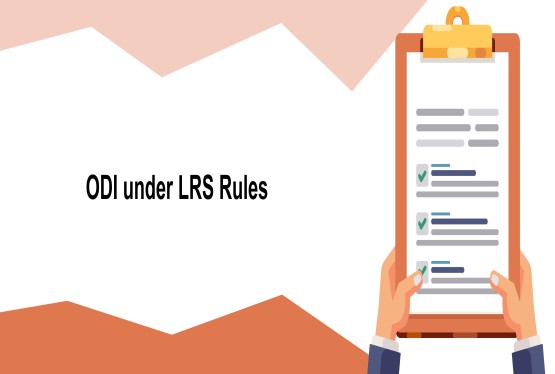
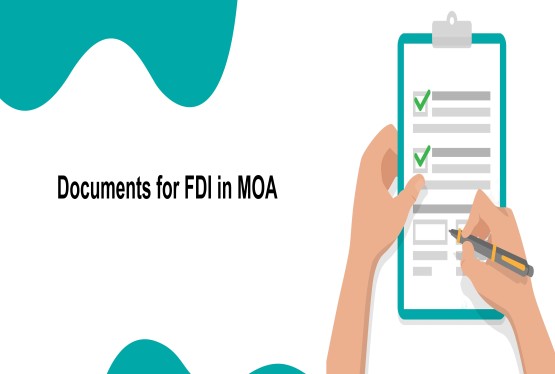


_learn_crop10_thumb.jpg)
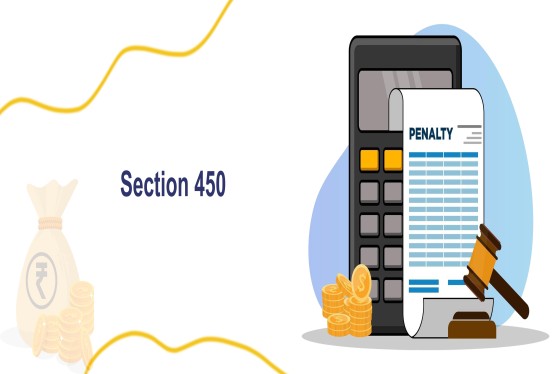


_rd_roc_learn_crop10_thumb.jpg)
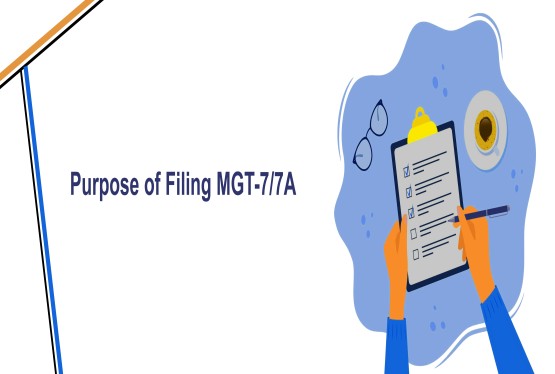



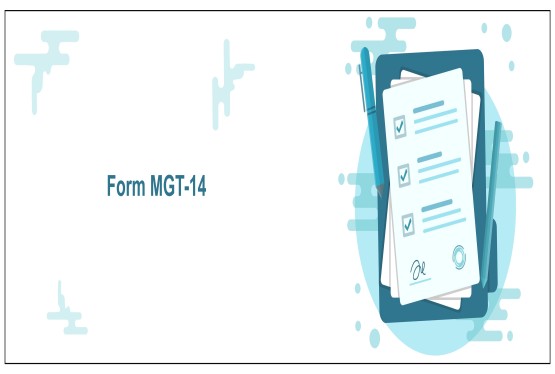
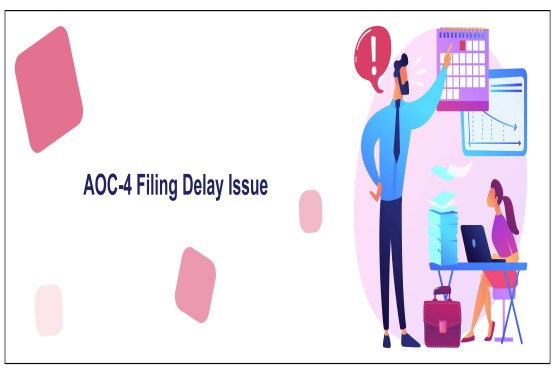
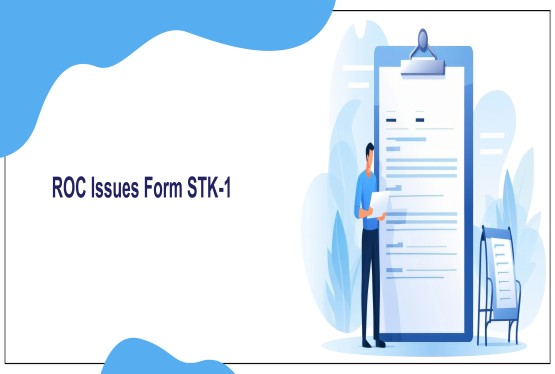








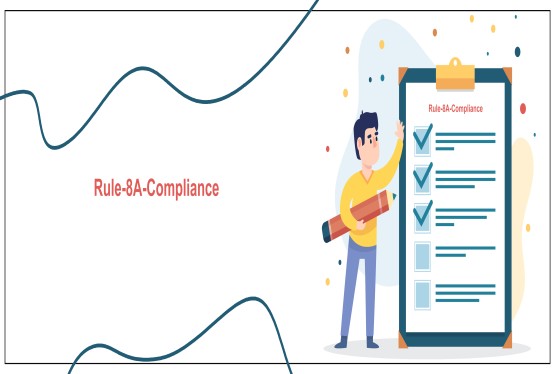
_learn_crop10_thumb.jpg)

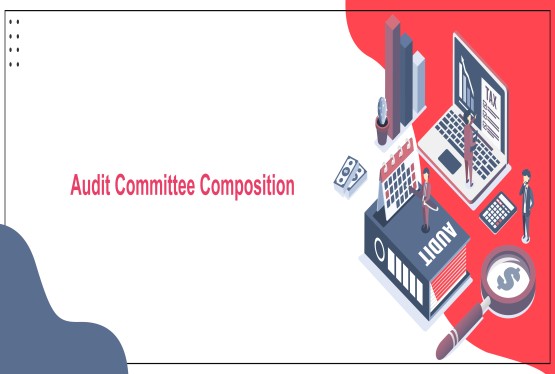
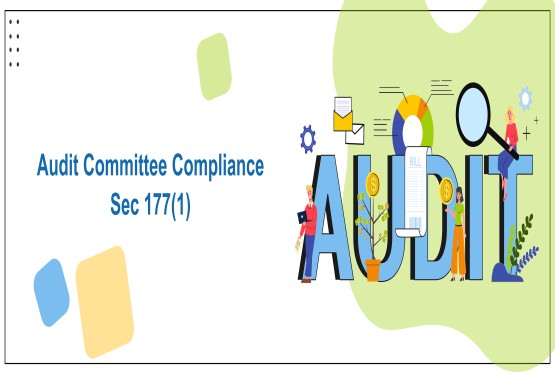



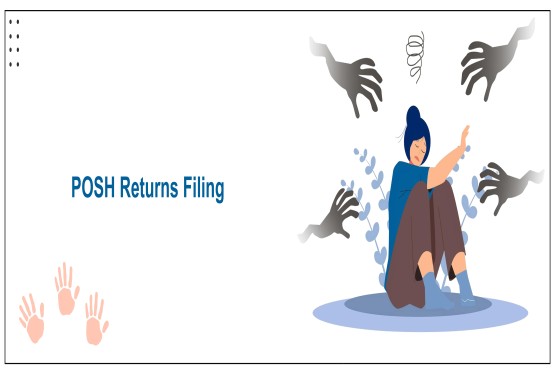
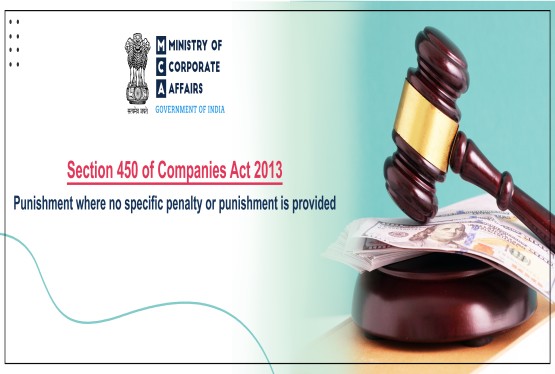

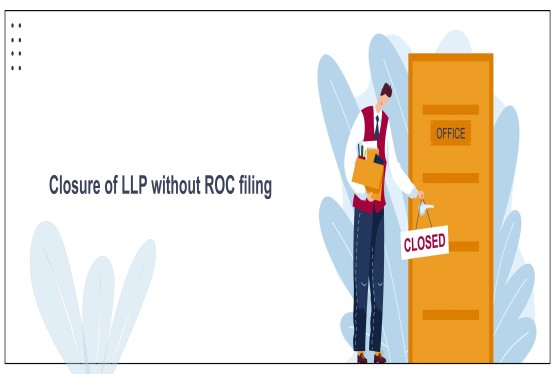
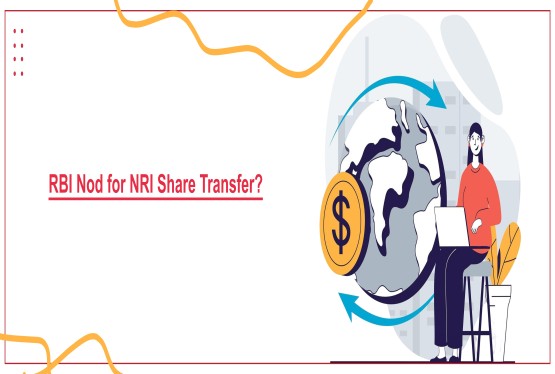

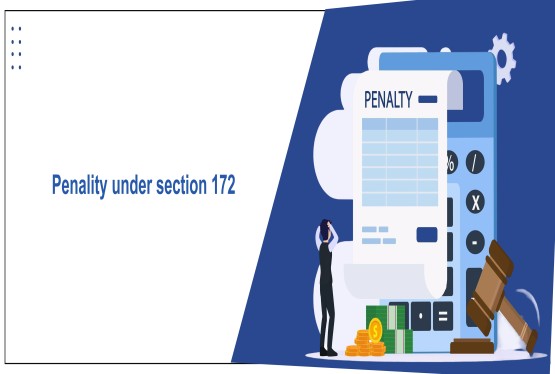

_learn_crop10_thumb.jpg)
_Learn_crop10_thumb.jpg)

